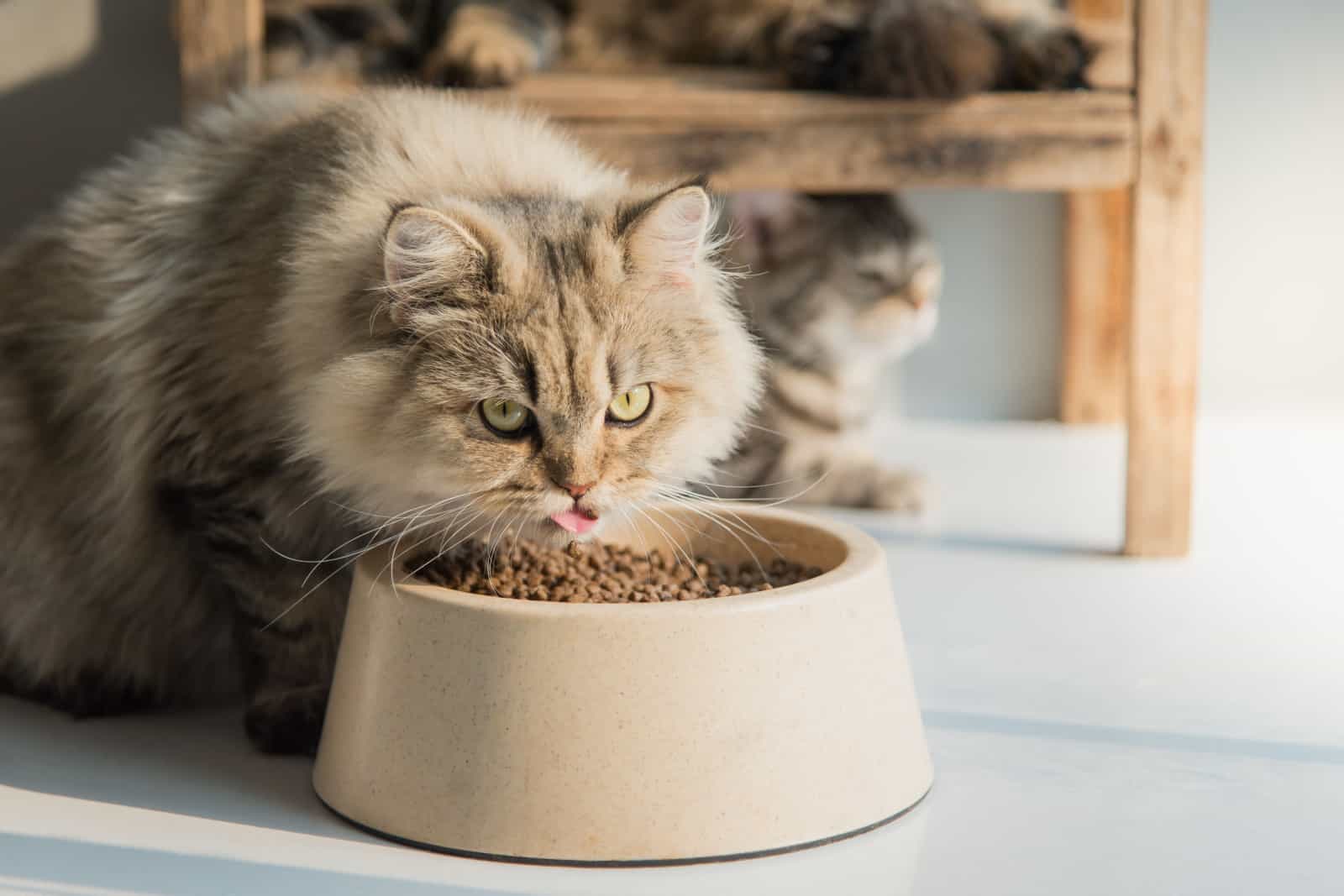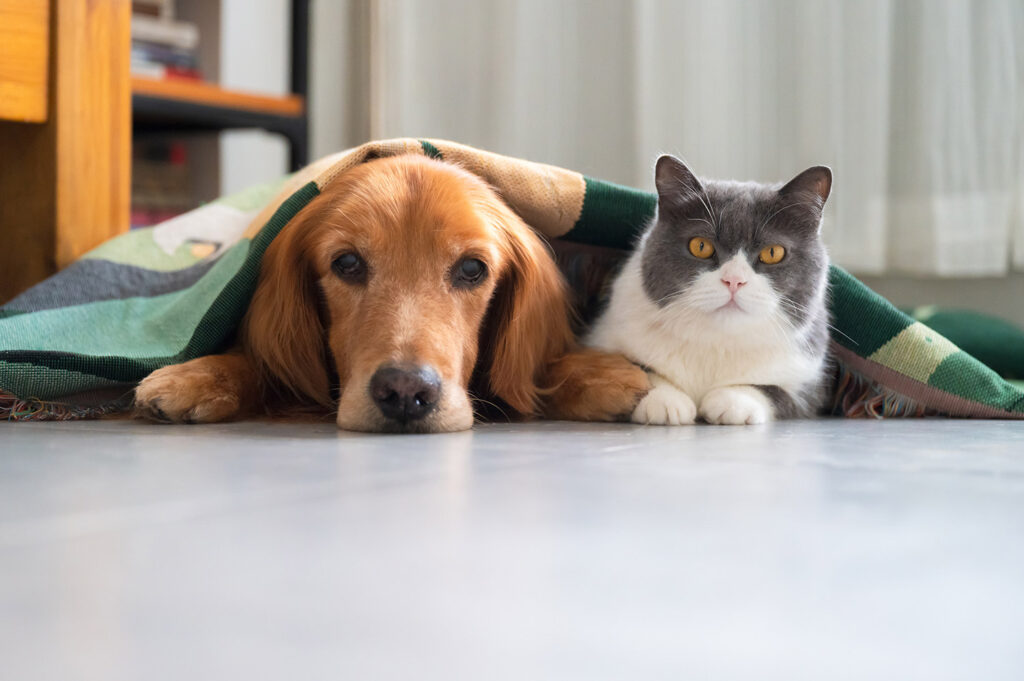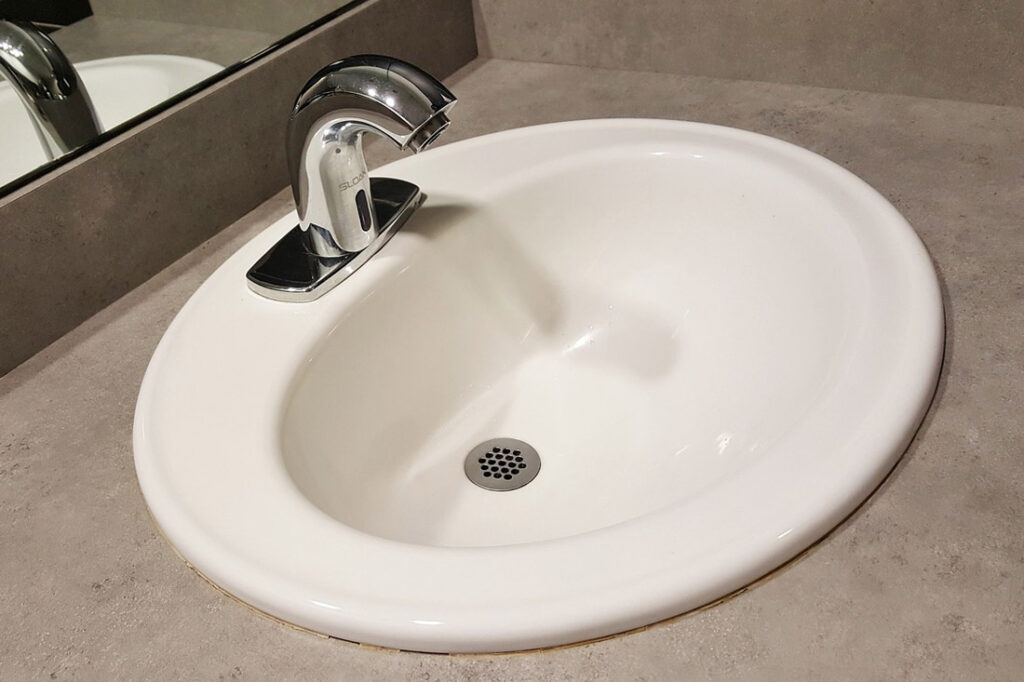The sweetest long-haired cats in the world are Persians, if you ask me and I think many would agree with me. These cute, flat-faced kittens have a way of “melting the ice” and quickly making themselves at home in your heart.
The issue, of course, is that once you've developed a strong attachment to these little ones, it's simple to worry about them.
We're going to assist you with one aspect of this today, your Persian cat's weight range, body length, and how much food you need to give to your cat at each week of age.
With the Persian cat growth chart we’ll provide you with some guidelines of what to anticipate, including some diet tips for your glamor cat and other helpful information that can give you an advantage in making sure your Persian cat has a lifetime of happiness and health!
Persian Cat Growth Chart

The Persian cat growth chart will be useful so you can see what you’re supposed to expect while growing.
| Persian cat Growth rate | Male Persian Cat | Female Persian Cat |
|---|---|---|
| 3 months | 3 pounds/ kilos | 2.5-3 pounds/ kilos |
| 6 months | 4-5 pounds/ kilos | 3.5-5 pounds/ kilos |
| 9 months | 6-7 pounds/ kilos | 5-6 pounds/ kilos |
| 1 year | 8-13 pounds/ kilos | 6-7 pounds/ kilos |
| 3 years | 9-13 pounds/ kilos | 7-10 pounds/ kilos |
Six Month Old Persian Kitten
By six months of age, Persian kittens will change a lot. Since spaying and neutering are typically done at that age, it might be in your kitten's best interest to have them done.
It's crucial to keep in mind that these six-month-old Persian cats are still infants and will continue to develop. How you are managing their diet is a crucial factor to take into account for their development.
Many Persian owners struggle with their overweight pets, but problems caused by their weight can be solved by limiting their food intake.
Speaking of Persian cats eating, it's important to comprehend any potential causes of vomiting.
One Year Old Persian Cat
You will adore this fluffy breed even more than you ever imagined by the time they turn a year old. Even though they are still young, their personalities ought to be largely formed, and the lovely fur ought to have shown itself.
The development and growth stages of the majority of Persians should be listed in the Persian cat growth chart. They will weigh between nine and fourteen pounds if they are male. Females can weigh anywhere between seven and eleven pounds.
These newborns will still have their kitten-like coats, and as they get older, they will develop darker coloring. Some kittens may stop growing soon after turning one, but most stop around age two.
In this age, you will see that Persian cats are a rather “chill and relax” cat breed that prefers to lay down and just enjoy the day. They also enjoy taking naps throughout the day and are calm and laid back.
They do, however, appreciate it and will frequently look to you for attention. You might wonder if Persian cats are hunters given their personality and energy.
Two Year Old Persian Cat
A Persian cat will have lost all of its kitten coat by the time they are two years old and will have grown into their adult coat. This cat breed should have finished growing by the time the two-year mark has passed. They will be approachable and eager to get as much attention as they can.
See Also: Are Persian Cats Hypoallergenic Or Bad For Allergy Sufferers?
Development Stages Of Persian Cats

As you should already know, the cat behavior, cat personality and cat growing rate will differ due to their breed.
The Persian kitten you recently brought home or intend to bring home won't always be a tiny fur ball. It will develop. And after a certain amount of time, it will grow to its largest possible size.
However, it is not required that it grow as quickly as other cats do. These longhair cats mature and reach their maximum size more slowly than other common domestic cats because of the rarity of their breed.
Knowing the different developmental stages Persian cats go through to reach their adult size will help you understand when they stop growing. So let's take a look at their stages of development right now:
- 0 to 2 months: The kitten must stay with its mother during this critical stage of development because it needs her to provide the nutrients and care it needs to survive and grow.
- 2 to 6 months: The Persian kittens need a lot of care during this stage because it's when they transition from liquid food to more solid-based food and are given to new owners.
- 9 to 12 months: Most cat breeds will reach their full size in this development stage; however these gorgeous felines won’t. Persian kittens in this stage are somewhat called young adults.
- 1 to 2 years: Many cats will reach their full size and maturity in this stage, but Persians will grow until they reach 2 years of age.
- As their bones and skeletal structure have fully developed by the time they turn two years old, this developmental stage is thought to be their final one.
Keep in mind that as Persian cats go through these different stages of development, they also change in terms of maturity and temperament in addition to their size and physical appearance.
Each stage is incredibly distinct and important for ensuring the cats' full development later on in their final stage of development.
What Is The Average Weight Of A Persian Cat?

While we can give you a general idea of what to anticipate, we should be clear that this is by no means conclusive. These numbers of Persian cat’s weight are all based on the average parameters of Persian cast while growing, but many other factors affect the growth.
Don't be fooled by the fact that Persian cats are relatively lightweight compared to other cat breeds and your average housecat as a kitten. Males typically reach a height range of 10 – 15 inches/ 25.4-38.1cm, while females average 8-13 inches/20.32-33.02 cm.
Remember that your Persian cat may continue to grow in height for up to 2 years after reaching their 1st birthday, so you never know what to expect in year 2.
Just make sure to consult your veterinarian for the final say before beginning any diets. Persian cats can vary greatly in height, with some being delicately petite and others being unusually tall.
No two cats are exactly alike due to factors like DNA, health issues, eating habits, and exercise levels, just like with humans.
The fundamentals we're going to cover today should help you keep your Persian cat on track, adjust their diets, and prevent unneeded weight gain as long as you keep this in mind.
Factors That Can Affect Persian Cats Weight

The logical factors that can affect the weight of your Persian are cat breed, genetics, physical levels, but you need to take into consideration some of the health issues like kidney disease that may happen to your Persian furry friend.
Despite the fact that Persian cats have a lifespan around 15 years, there are some illnesses to which they are predisposed that can have an impact on their weight. In this section, we'll discuss two of them, starting with their dental issues.
For instance, if your cat is from a shelter, it's possible that it won't grow to its full potential by the time it should, as sheltered cats frequently have stunted growth as a result of the malnutrition they endure in their early months.
Take your Persian cat to the vet if it doesn't gain the weight, height, or length it should before it stops growing so they can determine whether a genetic condition, a medical condition, or a lack of proper nutrition is to blame.
Brachycephalic breeds include cats. Persian cats are classified as brachycephalic breeds, which are just fancy words for “bred to have flat faces.” Breeds of cats with brachycephaly are also slightly more prone to problems like gingivitis and misaligned teeth.
This can be helped by routine vet visits and brushing your cat's teeth, as these conditions make it difficult for them to eat.
Second, if these cats aren't regularly brushed, their excessive shedding can result in furballs when they're grooming.
By giving your Persian cat a daily brushing, you can lessen the amount of fur that it sheds onto your furniture and lessen the risk of nutrition loss from fur regurgitation after meals.
RELATED: How To Reduce Cat Shedding (8 Proven Methods)
Diet And Nutrition

You'll benefit greatly from being aware of your Persian cat's daily nutritional requirements, both in terms of ensuring that they receive the right nutrition and that you don't give them too many treats.
It's difficult to say no when your Persian cat gives you THAT look, let's face it, but doing so could eventually lead to feline obesity. Your Persian cat requires an average of 40 to 50 calories for every 2 pounds/9 kilograms of weight.
When they are kittens, we advise that you err on the side of a higher 50:50 ratio and that it is preferable to divide meals into three to four feedings rather than feeding them twice a day as you would as an adult.
To maintain their current weight, an adult or young adult weighing 10 pounds/4.53 kilograms needs between 200 and 250 calories per day, according to our basic recommendation.
Persian cats are notoriously active, so the 250-calorie diet is better suited for them, especially if they have “outside privileges” and get a lot more exercise every day. The 250-calorie diet can also be made simpler by allocating 50 of those calories to daily treats.
Just bear in mind that you MUST calculate their caloric intake. Many things contain more calories than you might realize, such as the 47 calories in one McDonald's chicken nugget. Planning ahead is a good idea!
RELATED: Best Cat Foods Without Fillers
When Do Persian Cats Stop Growing?

Persian cats are medium-sized breeds with a large bone structure and long hair, which can give the appearance of being larger than they actually are.
They take longer to reach their full size and maturity, typically stopping growth at two years old, when they reach an average maximum weight of 7-12 pounds, height of 8-10 inches, and length of 14.5-17.5 inches. Keep in mind that larger cat breeds also take longer to mature.
Although Persian cats will have reached their maximum bone and muscle growth by the age of two, they may still continue to gain weight and become overweight if they have an unhealthy diet and lifestyle.
Closing Thoughts
In this article you’ll find everything a cat owner may expect of their dear Persian cat when it comes to potential health issues, anticipated growth and other potential issues that can affect the weight of your adult cat.
Even though there is a lot to learn at first about a cat's life , once you put this advice to use, taking care of your Persian's health will come naturally to you.
I think you’re ready for a bunch of cuddles, snuggles, meows and kisses with this cute Persian cat breed, just make sure to take a look at the Persian cat growth chart in order to know what to expect.
Related Content
Lynx Point Siamese Cat: Meet The Gorgie Lynx Cat





